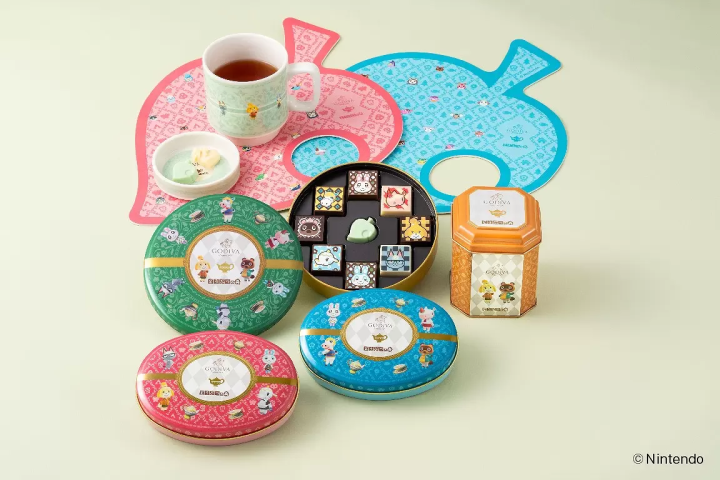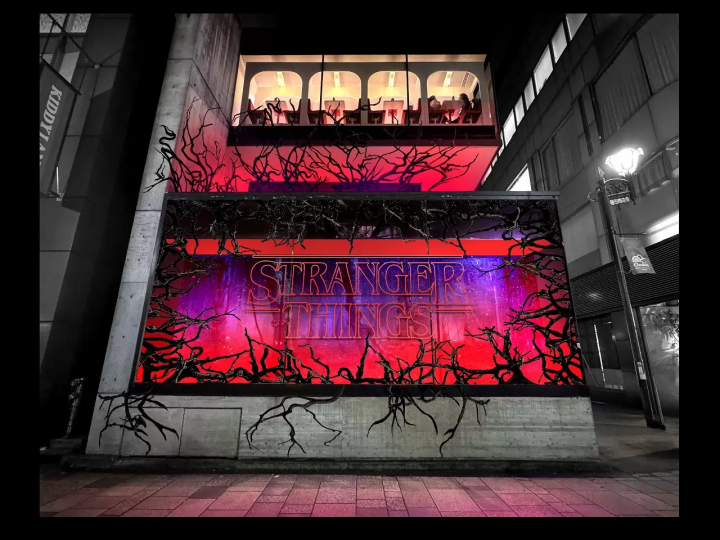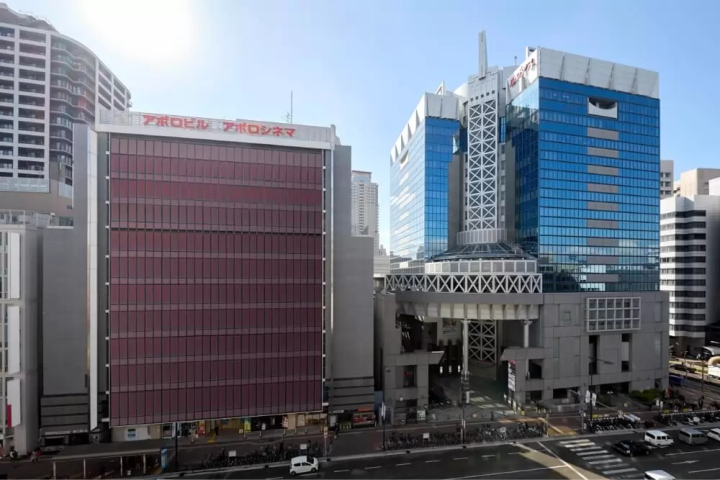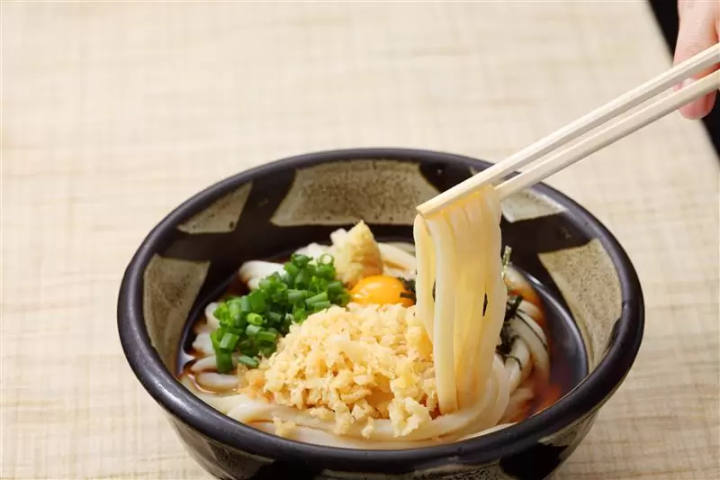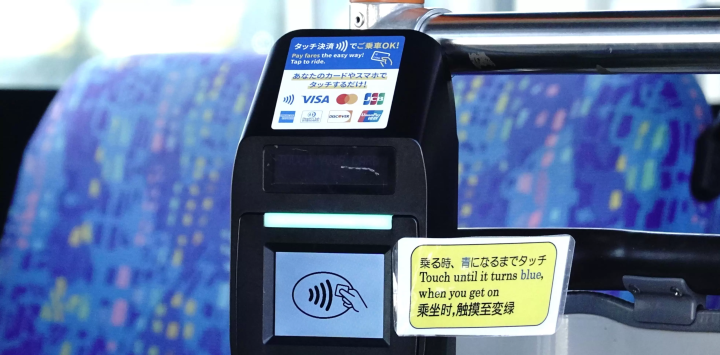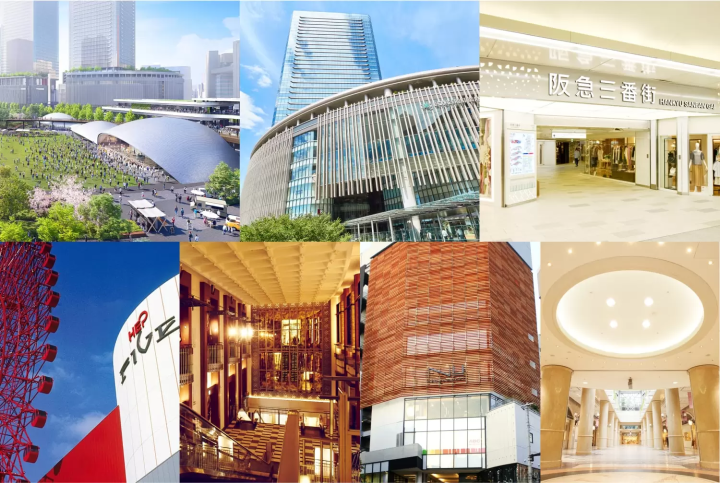"CRAFT TOURISM ECHIZEN" Fuchu Castle, the cornerstone of the town, on the road where people and things intersect

North, south, east and west, Fuchu as a “key point”
Roads that support distribution
Fuchu has been accepting people and goods from the western capital since the era of Echizen Province, which was ruled by Keitai the Great. Since then, roads have been developed for the coming and going, and temples and shops have been built along the roads, forming a town.
The old Takefu city stretches north to south because it was based on the ``Hokuriku Expressway'' (also known as the Hokkoku Kaido), which was heavily trafficked during the Edo period. Today, this area still functions as the center of Echizen City, where the Echizen City Hall, government-related institutions, and shopping streets gather.
It is believed that roads running north-south were already built in the Muromachi period, but there are other roads, such as the 'Bajuku-kaido', which connects Hirose in the southwest with Kawanoura over the Nakayama Pass, and one ride from Awatabe. The “Asakura Highway” connecting the valleys has also supported distribution as an important line.
Considering that the main roads that may have traveled not only for goods, but also for the Asakura family, Hideyoshi, Nobunaga, and the feudal lords of the Fukui clan are gathered in Fuchu, it is a key point from all directions in Echizen Province. It turns out that it was an area that was held down.
Echizen City and Fuchu Castle
Fuchu Castle and the Honda family that protected the town and was loved by the town
The main castle town of Fuchu Castle was located on the site of the current Echizen City Hall, and the castle town spread out around it. Excavations have revealed a wide area of stone walls piled up by a method called 'Nozurazumi', which is thought to be a historic site of Fuchu Castle.
Originally, this was the area where the Asakura clan's Fuchu magistrate's office was located. 3 years) entered the castle. After this, Toshiie MAEDA would lay the foundation for Kaga Hyakumangoku in the Kaga Domain, but he maintained his ties with Fuchu, such as establishing his parents' family temple in Fuchu. When Hideyasu Yuki entered Echizen in 1601 (6th year of the Keicho era), Tomomasa Honda entered Fuchu Castle and served as the reign of the town of Echizen until the Meiji Restoration. There are many achievements he left behind in Fuchu.
For example, we have implemented infrastructure development such as flood control work on the Hino River and improvement of town water supply along the Hokuriku Expressway. In addition, craftsmen gathered in Fuchu by promoting the industry of cutlery and textiles, and as a result, it contributed to laying the foundation for the creation of Echizen Sashimono, which uses a variety of techniques in a complex manner. In addition, it is said that 'Fukui no grated soba' was started by inviting Gonzaemon Kaneko, a buckwheat noodle maker from Kyoto, to encourage the cultivation of buckwheat as an emergency food and its combination with grated daikon radish. These contributions of Tomimasa Honda earned the trust of the townspeople, and during the Meiji Restoration, when the Honda family was not recognized as aristocrats, people rebelled and made a fuss. I know.

A glimpse of 1500 years
The streets of the past where you can walk and think about
The area to the southwest of Fuchu Castle is lined with old temples, and between them you can still find ryotei (Japanese-style restaurants) and Sode-udatsu townhouses that hide the streets. Hiroki Miyaji of the Echizen City Tourism Association, who moved from Osaka, says that the charm of Fuchu Castle and the castle town can be easily understood by walking around.
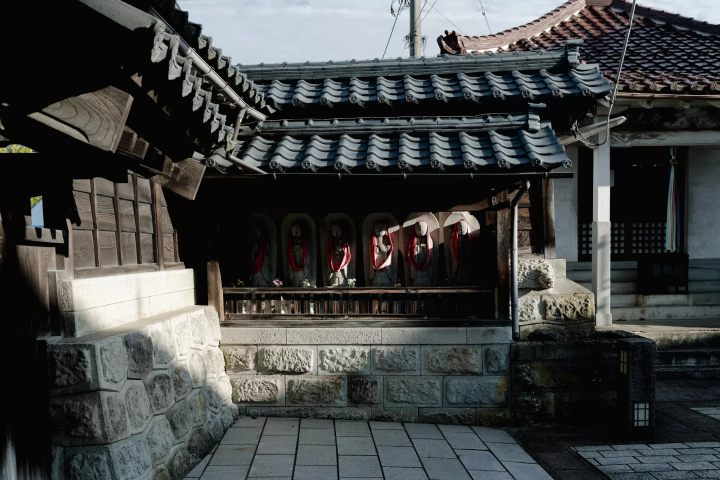
“I always walk around the city and compare it with a map to feel the history. Considering the time period, temples were probably intended to be used as fortresses, and we can see that they were prepared for battles that could be attacked at any time.”
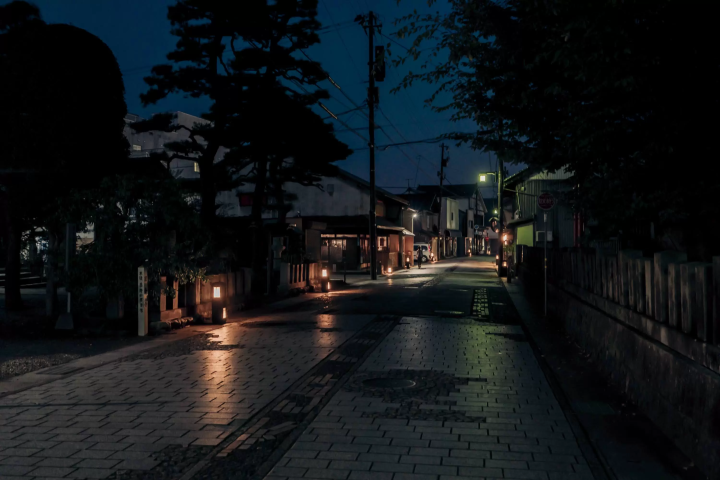
After prefaced by the fact that it is just a part of his hobby, Mr. Miyaji, who loves history, says, “To the southwest is the fortress temple and the Sea of Japan, and to the east is the large Hino River. There is Tsuruga Port, which is the cornerstone of the Hokuriku Expressway, and in the north of the Hokuriku Expressway, there is an ally called the Fukui Domain, which has strong ties with the shogunate, so I think they were facing the south side, where there was a high probability of being attacked, and defended it.”
Being a key point of the country means that it is destined to be targeted by enemy countries. However, Fuchu has survived for a long time precisely because it was able to devise ingenuity and unite with the people of the city to protect it. I would like you to actually walk through the town once, imagine the traffic on the highway where people used to come and go, and feel the glimpses of 1500 years of time that have accumulated in this area along with the wind.
▼Takefu Public Hall
https://www.city.echizen.lg.jp/office/090/030/bunkasisetu/kokaido-top.html
Echizen wisdom ~Proposing a new tourism, a journey of wisdom.~ A town that has inherited the skills and spirit of its predecessors for 1,500 years. Echizen, the entrance to the "Koshi no Kuni" ruled by an ancient king. A place of wisdom where cutting-edge technology and culture first flowed in from across the Sea of Japan and became the origin of Japan's profound manufacturing. In the traditional industries that coexist with the nature of the land and in the people who live here, the universal wisdom that human beings want to bring to the next 1000 years is alive. Here and now, there is a future born from exchanges that transcend national borders and time and space. A new quest to find light. Welcome to Echizen.
The contents on this page may partially contain automatic translation.























